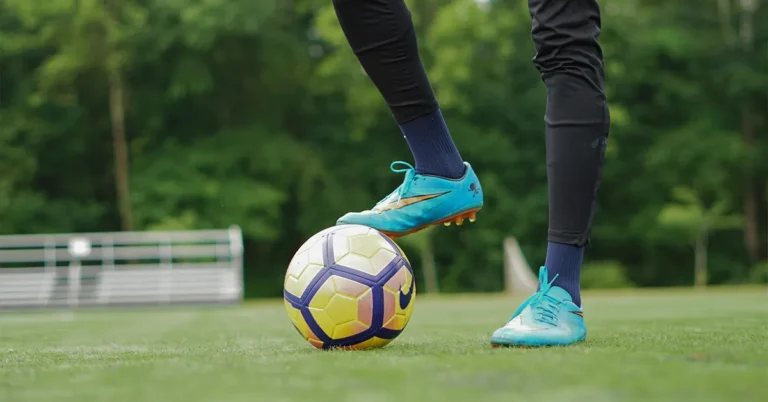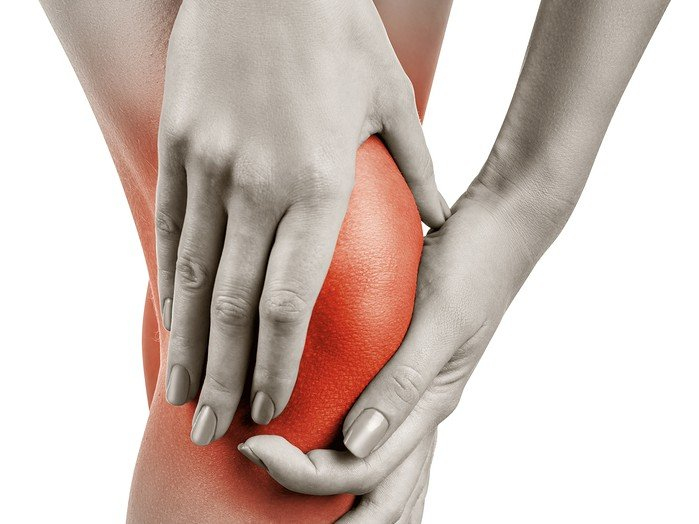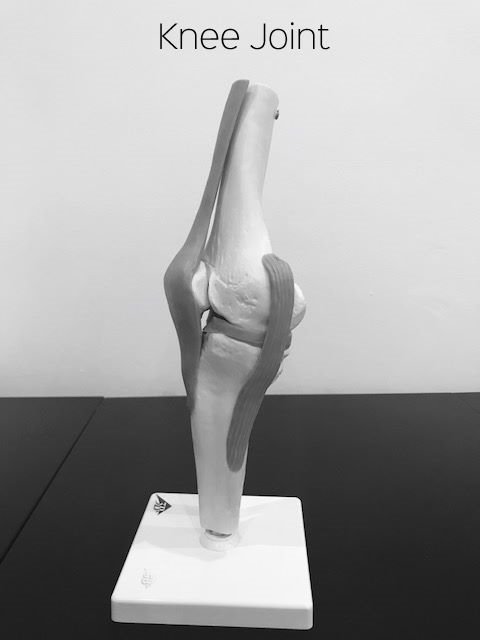What is a hyperextended knee?
A hyperextended knee is a common sporting injury where the knee bends backwards beyond its normal position. The severity of the injury can range from being a mild inflammatory response to a serious injury. Hyperextension at the knee is very common naturally. But in the case of a hyperextension injury, the joint is hyperextended with force during weight bearing and hits the end of the available movement.
When do hyperextended knees occur?
There are a number of ways for hyperextension injuries to occur. However, the most common causes include:
* An awkward landing that forces the knee back on itself whilst landing from a jump. For example: a jumping basketball, netball or football player landing with a straight knee that then becomes hyperextended under the landing load.
* An opponent striking the front of the knee whilst playing a contact sports. In rugby the shin contacts with a tackling opponent forcing the knee backwards on a fixed foot.
* A skier running into an obstacle such as a bank of snow or other obstacle at speed and continuing to travel forward whilst the skis stop suddenly. This often happens when the heel binding doesn’t release and so the knee becomes hyperextended. A good reason to make sure you check your bindings are set at the right level before you go skiing!
What are the symptoms of a hyperextended knee?
When a hyperextended knee first occurs a ‘pop’ or ‘crack’ sound can often be heard as the knee is forced backwards. The pop maybe simply a release of gas (cavitation) in a similar way to a joint manipulation but can also signify a possible ligament injury. A crack can sometimes be heard as the bony surfaces in the knee hit each other at speed.
The injury can cause significant pain, bruising and swelling. If the knee swelling is immediate it may signify a ligament rupture (the swelling is blood released into the joint) but it may come on within the first hour or two. In this case it is more likely to be a standard effusion (oedema) within the joint itself. In some cases, if the knee ligaments are torn, the knee may feel unstable. But if the instability felt is related to sharp pain then this can be due to a protective pain inhibition response.
What structures can be injured when the knee hyperextends?
A hyperextended knee can occur without significantly damaging any structure. Pain and swelling can occur as an inflammatory response due to simply hitting the end of the normal range of movement. More significantly a bone bruise or cartilage response can occur on the joint surfaces. These will often be acutely painful but will respond well to physiotherapy management.
Hyperextended knee injuries where a ‘pop’ is heard at the time of the injury and swell quickly often involve the anterior cruciate ligament (ACL). This may also be associated with the knee feeling unstable or giving way. If you think that you have sustained this type of injury you should immediately seek advice from a physiotherapist. This may require diagnostic imaging such as an MRI scan to confirm the extent of the injury.
There are then injuries that don’t rupture the cruciate ligament, in these injuries the knee has hyperextended enough to cause a tear in one of the collateral ligaments, usually the medial collateral which is on the inside on the knee and likely to be very tender.
What is the immediate management of a hyperextended knee?
The first thing to do is apply your basic first aid management of a tissue injury. By applying PRICE and weight bearing as able for the first 24-72 hour period the symptoms will hopefully start to settle. The knee should then start to feel less acutely painful, accept load more readily and remove the sensation of giving way or buckling under load. If not, then seek an urgent physiotherapy opinion. During this phase anti-inflammatory medication may be of benefit and consulting your local pharmacist worthwhile.
What is the treatment and recovery period for a hyperextended knee?
For minor injuries, you may be able treat by using the above first aid protocol. Most minor injuries will settle down within a few days to a few weeks and may not always need a physiotherapist’s opinion. In more significant or major injuries or in an injury that persists beyond a few weeks you will require a proper assessment. Anything other than a minor injury will require a clear diagnosis and is where a physiotherapist will assess exactly what has been injured and the severity of the injury.
For moderate injuries (after the pain and swelling has been controlled) the next focus is on getting the knee moving. Be careful straightening your knee as the body can remain protective for quite some time. But simply bending and straightening the knee within pain limits will encourage recovery. More importantly you will need to progressively load the knee during function and carry out a strengthening program given to you by your physiotherapist. This will concentrate on strengthening the quadriceps, hamstrings and calf muscles.
For more significant injuries you may also require a brace or crutches and may even require surgery. If you have this type of injury you need to have specialist physiotherapy advice and guidance throughout the recovery. Hyperextension injuries are difficult to self assess and some of them may require urgent care or surgery.
If you have suffered a hyperextended knee and need advice, then contact us today and we’ll assess your injury and put together a clear strategy for treatment and recovery, so you can be back to your best as soon as possible. Why not give us a call on 0131 478 4646 or book online.




